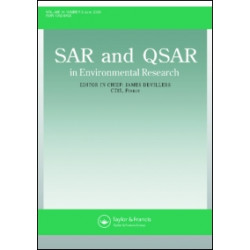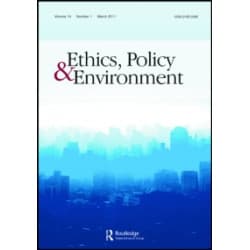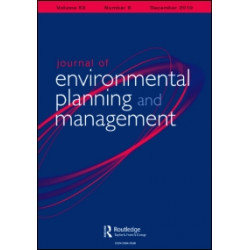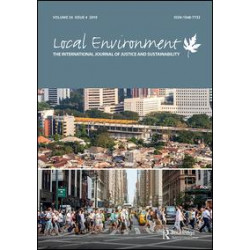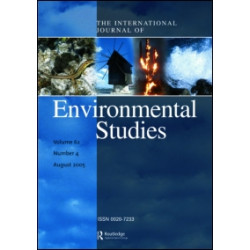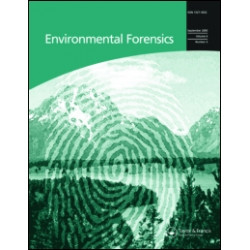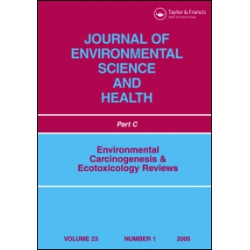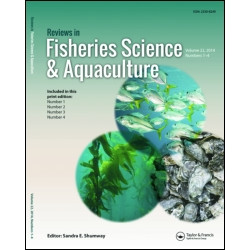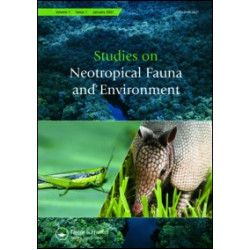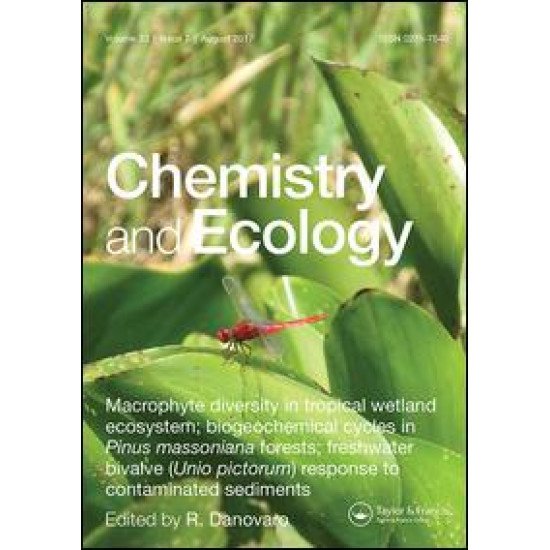
Chemistry and Ecology
Chemistry and Ecology publishes original articles, short notes and occasional reviews on the relationship between chemistry and ecological processes. This journal reflects how chemical form and state, as well as other basic properties, are critical in their influence on biological systems and that understanding of the routes and dynamics of the transfer of materials through atmospheric, terrestrial and aquatic systems, and the associated effects, calls for an integrated treatment. Chemistry and Ecology will help promote the ecological assessment of a changing chemical environment and in the development of a better understanding of ecological functions.
Chemistry and Ecology encourages multi-disciplinary approaches dealing with:
- Environmental pollution: distribution and ecological implications of pollutants including nutrients and key elements, in the atmospheric, soil and aquatic environments.
- Ecotoxicology: responses to toxic agents at community, species, tissue, cellular and sub-cellular level, including aspects of uptake, metabolism and excretion of toxicants in marine and terrestrial systems from tropical systems to the poles.
- Environmental bioremediation and biotechnology: laboratory and field research on the identification, evaluation and use of biological/biotechnological items and supporting physical treatments for the restoration of contaminated soil and aquatic environments; laboratory and field research on microbial, plant or animal fouling and its monitoring and their treatment.
- Biogeochemical cycles: biogeochemical cycles in terrestrial and aquatic ecosystems with special emphasis on the potential effects of pollutants.
The papers published in Chemistry and Ecology are important references for all environmental science researchers.
Peer Review Policy
All manuscript submissions are subject to initial appraisal by the Editor, and, if found suitable for further consideration, to peer review by independent, anonymous expert referees. All peer review is single blind and submissions can be made online at http://mc.manuscriptcentral.com/gche.
Publishing Ethics
The Journal adheres to the highest standards of publishing ethics, with rigorous processes in place to ensure this is achieved. Taylor & Francis is a member of the Committee on Publishing Ethics (COPE) and utilises CrossCheck for all Journals. More information on our ethical standards and policies can be found here: http://authorservices.taylorandfrancis.com/ethics-for-authors/.
₹303,555.62






